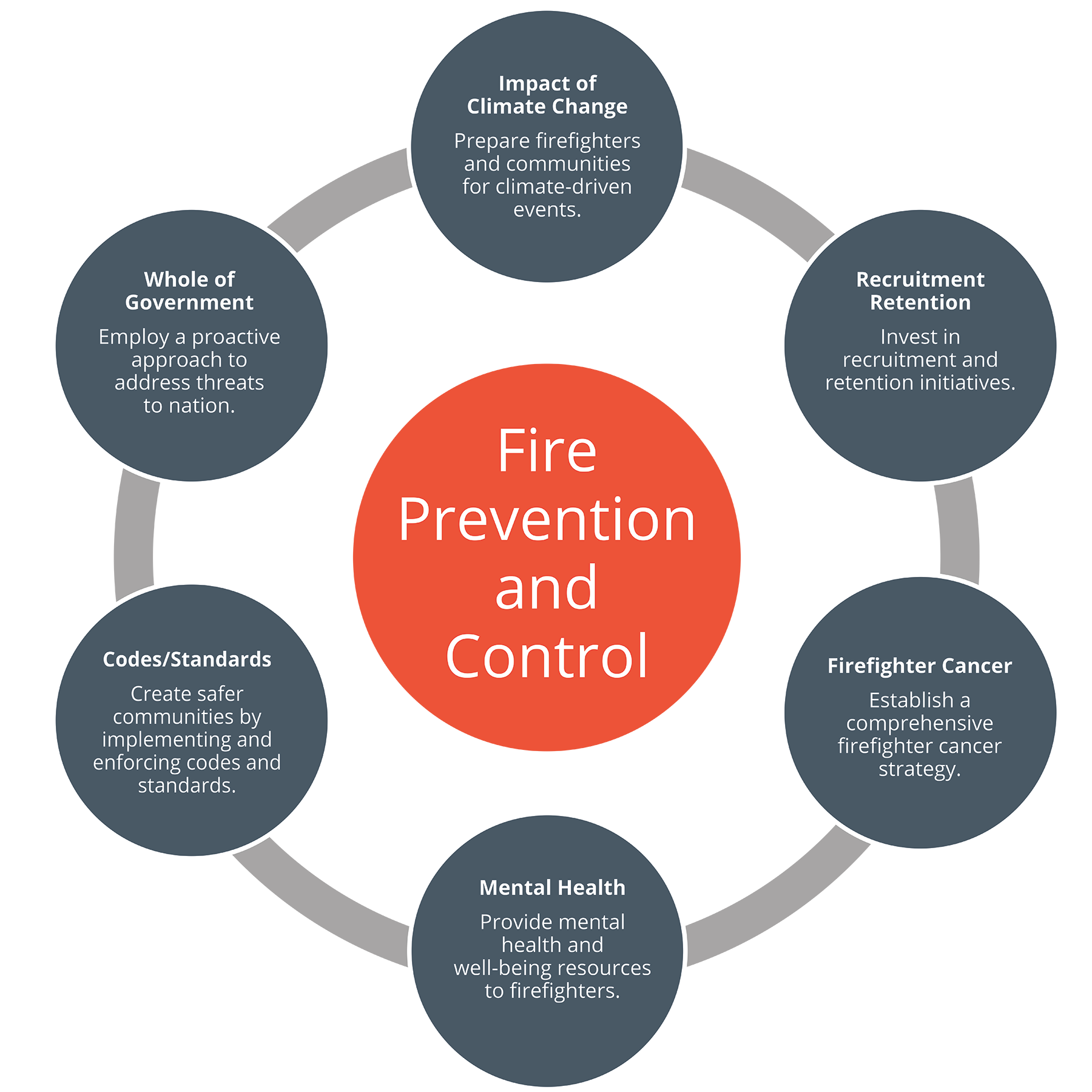The fire problem in America was addressed in 1947 by President Harry S. Truman after several horrific fires with tremendous loss of life.
In 1968, the Fire Research and Safety Act created the National Commission on Fire Prevention and Control, with a mandate to examine the nation’s fire problem and formulate recommendations for improving fire safety. This led to the 1973 “America Burning” report, which set the course for efforts in the latter part of the 20th century to reduce the effects of fire. We are nearly one-quarter of the way through the 21st century, and America is still burning.
Driven by an urgency to meet these risks head-on and save lives, the USFA recently held a National Summit on Fire Prevention and Control in coordination with the leadership of national fire service organizations. Together, we assessed the fire problem including the challenges faced by firefighters in the U.S., and we formed a national strategy to address the identified challenges facing our nation’s fire service. These strategies include:

National strategy
- Prepare all firefighters for the climate-driven increase in wildfires in the WUI by providing them with the proper training and equipment.
- Invest in a national apprenticeship program to address the firefighter shortage and make the fire service more diverse and inclusive.
- Establish a comprehensive firefighter cancer strategy that invests in research, provides access to screening for firefighters and reduces and eliminates exposure to dangerous contaminates such as carcinogens or “forever chemicals,” which have been linked to cancer and other health problems.
- Provide behavioral health resources and suicide prevention initiatives for all firefighters.
- Create safer communities by implementing and enforcing codes and standards, especially in the WUI and for underserved and vulnerable populations by providing affordable and fire-safe housing.
The summit was the beginning of a comprehensive and strategic approach to addressing these challenges.
